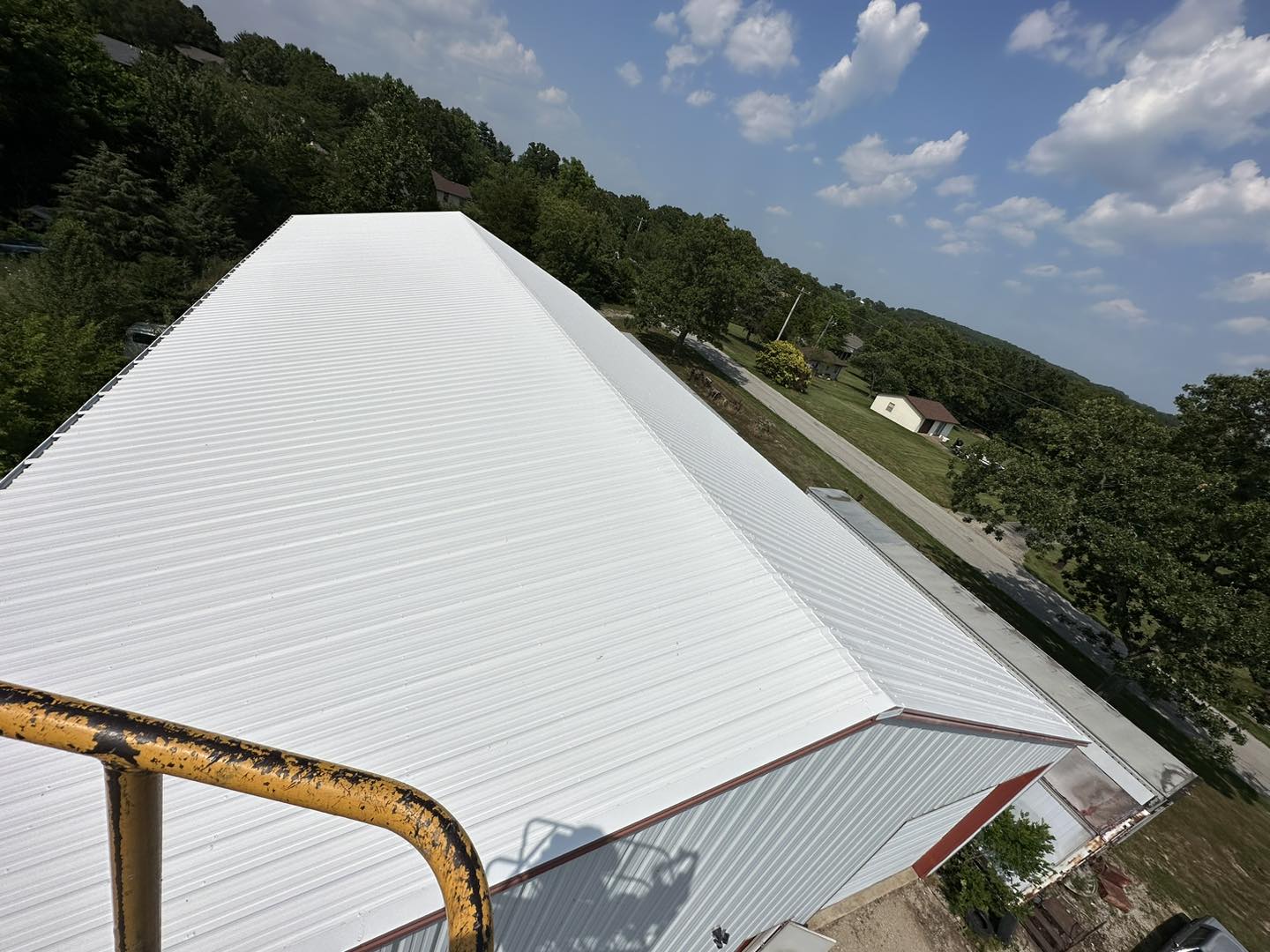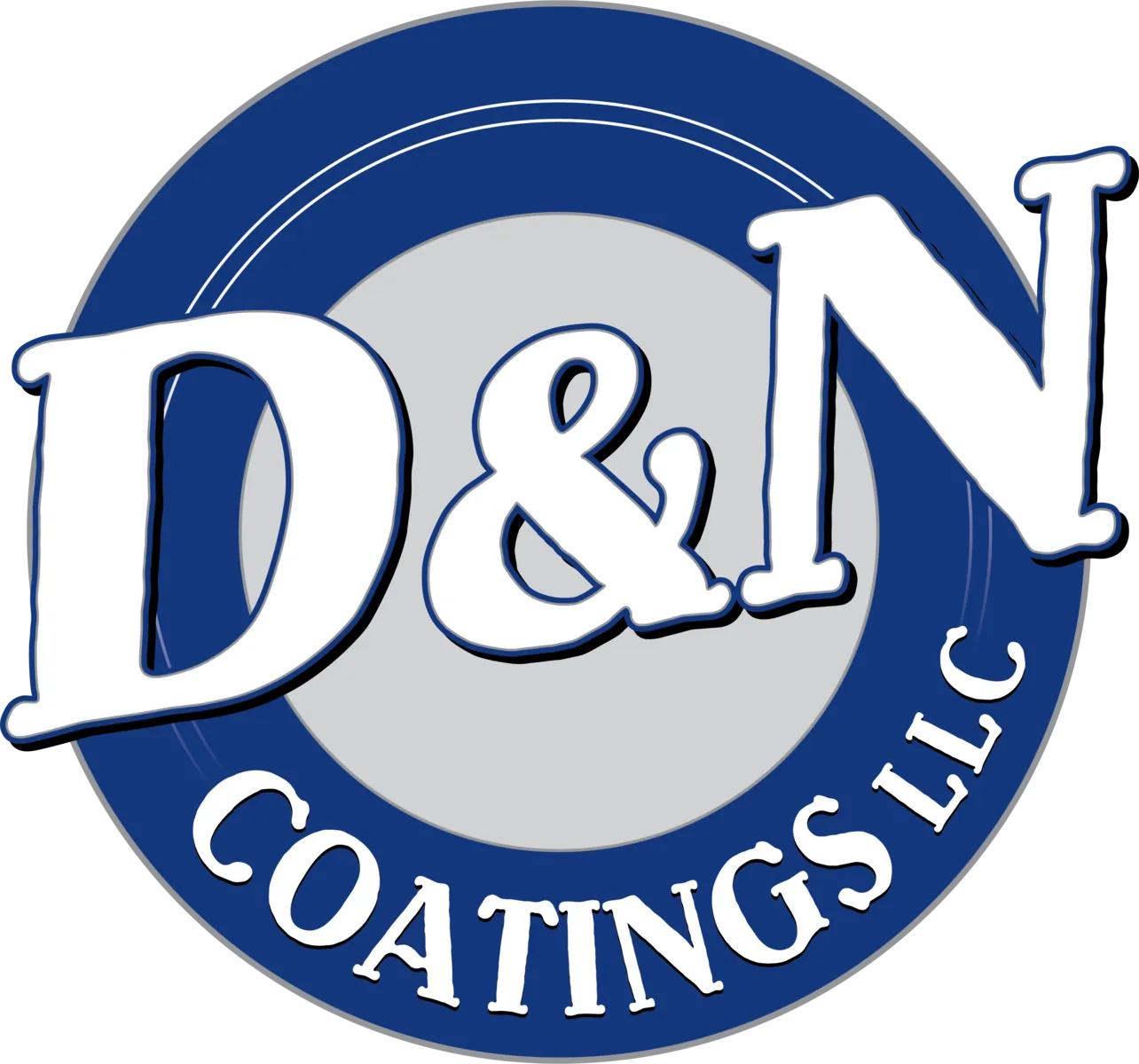Springfield, MO Business Owners: Is Your Commercial Roof Ready for the Next Storm?
Contact Us
Springfield, MO Business Owners: Is Your Commercial Roof Ready for the Next Storm?

Springfield, MO, is no stranger to severe weather, with frequent storms that bring heavy rain, high winds, and even hail. As a business owner, protecting your commercial property from storm damage is critical to avoiding costly repairs and operational disruptions. One of the most important steps in storm preparedness is ensuring your commercial roof is up to the challenge. In this guide, we’ll cover essential steps to ensure your roof is ready for the next storm.
Inspect for Leaks and Water Damage
The first step in preparing your commercial roof for storm season is to check for existing leaks or water damage. Even small leaks can become a major issue during heavy rainfall, allowing water to seep into your building and cause structural damage.
Check for existing leaks
Look for visible signs of leaks, such as wet spots or dripping water. Small leaks may seem insignificant, but during a storm, they can worsen and lead to major water damage.
Examine ceilings and walls
Check inside your building for water stains, mold, or moisture on ceilings and walls. These can be indicators of roof issues that need to be addressed before the next storm hits.
Check roof drainage systems
Gutters, drains, and downspouts must be clear of debris to prevent water from pooling on the roof. Water buildup can lead to leaks, roof sagging, or even collapse, so it’s essential to ensure proper drainage.
Assess the Roof’s Structural Integrity
Ensuring your roof’s structural integrity is essential to withstand the high winds and heavy rain that come with Springfield storms. Take the time to inspect your roof and address any vulnerabilities.
Inspect for loose materials
Check for loose or damaged shingles, flashing, or seams that could be lifted or torn away by strong winds. Loose roofing materials are an open invitation for wind and water to penetrate the roof.
Evaluate the roof’s age
If your commercial roof is nearing the end of its expected lifespan, it may be more prone to damage. Older roofs are often less resilient and may need repairs or even replacement before storm season.
Check roof flashing and seals
Flashing around vents, chimneys, and roof edges is a critical component in keeping water out. Inspect these areas for gaps, cracks, or loose materials and ensure that all seals are intact.
Prepare for High Winds and Hail
Springfield storms often bring high winds and hail, which can be particularly damaging to commercial roofs. Preparing your roof for these conditions can help reduce the risk of severe damage.
Reinforce the roof against wind damage
Strong winds can lift and tear away roofing materials if they are not properly secured. Inspect and reinforce areas where materials may be vulnerable to wind exposure, such as the roof’s edges or around HVAC units.
Inspect for potential hail damage
Hail can cause dents, cracks, or punctures in roofing materials, making your roof more vulnerable during future storms. Look for signs of previous hail damage and repair any weakened areas to avoid further deterioration.
Secure rooftop equipment
Ensure that all rooftop equipment, such as HVAC units, vents, and antennas, are properly secured. High winds can knock loose equipment around, causing damage to the roof and the equipment itself.
Review Roof Coatings and Waterproofing
Protective roof coatings and waterproofing systems are essential for ensuring your commercial roof can handle Springfield’s heavy rainfall. A well-coated roof is better protected from water penetration and UV damage.
Apply or reapply protective roof coatings
Roof coatings create a barrier that helps protect the roof from water infiltration and UV rays. If it has been a while since your roof was coated, consider applying or reapplying coatings to enhance its weather resistance.
Check waterproofing membranes
Flat roofs, in particular, rely on waterproofing membranes to prevent water from seeping through. Make sure your roof’s membranes are in good condition and free from cracks or punctures that could let water in.
Consider additional protective measures
For added weatherproofing, consider elastomeric or silicone coatings, which provide excellent durability and flexibility, ideal for Springfield’s changing weather conditions.
Schedule a Professional Roof Inspection Before the Storm
While regular maintenance is key, a professional inspection can provide the peace of mind that your roof is truly storm-ready. Roofing professionals have the expertise to spot hidden issues and recommend the best course of action.
Why a professional inspection is important
A certified roofing contractor can identify potential problems that might not be obvious to the untrained eye, such as weakened structural areas or small cracks that could worsen during a storm.
Look for local expertise
Work with a roofing contractor who understands Springfield’s climate and the specific risks associated with local weather patterns. A contractor familiar with Springfield’s storms can provide more tailored advice and solutions.
What to expect during an inspection
During an inspection, professionals will assess the roof’s structural integrity, check drainage systems, inspect flashing, and look for any potential vulnerabilities that need to be addressed.
Bonus Tip: Emergency Roof Repair Plans for Springfield Businesses
Even with the best preparations, severe storms can sometimes cause unexpected damage. Having an emergency roof repair plan in place can help you minimize damage and get back to business quickly.
Why an emergency plan is essential
Storm damage can disrupt your business, and having a plan ensures you can respond quickly to prevent further damage. A pre-established plan can help you protect your assets and avoid unnecessary downtime.
Contact details of trusted local contractors
It’s a good idea to have the contact information of a trusted local contractor, such as D & N Coatings, ready in case of emergency repairs. This way, you can get professional help on-site as soon as possible after a storm.
Plan for temporary protection measures
In the event of roof damage, temporary solutions like tarps can help protect your building from further water intrusion until repairs are completed. Make sure your team knows what steps to take to secure the roof temporarily.
Conclusion
Don’t wait until the next storm hits to discover weaknesses in your commercial roof. By taking proactive steps, such as inspecting for leaks, securing loose materials, applying protective coatings, and scheduling a professional inspection, you can safeguard your business from storm-related damage.
If your commercial roof hasn’t been inspected recently, now is the time to act. Contact D & N Coatings today to schedule a professional roof inspection and ensure your building is fully prepared for Springfield’s next storm.
